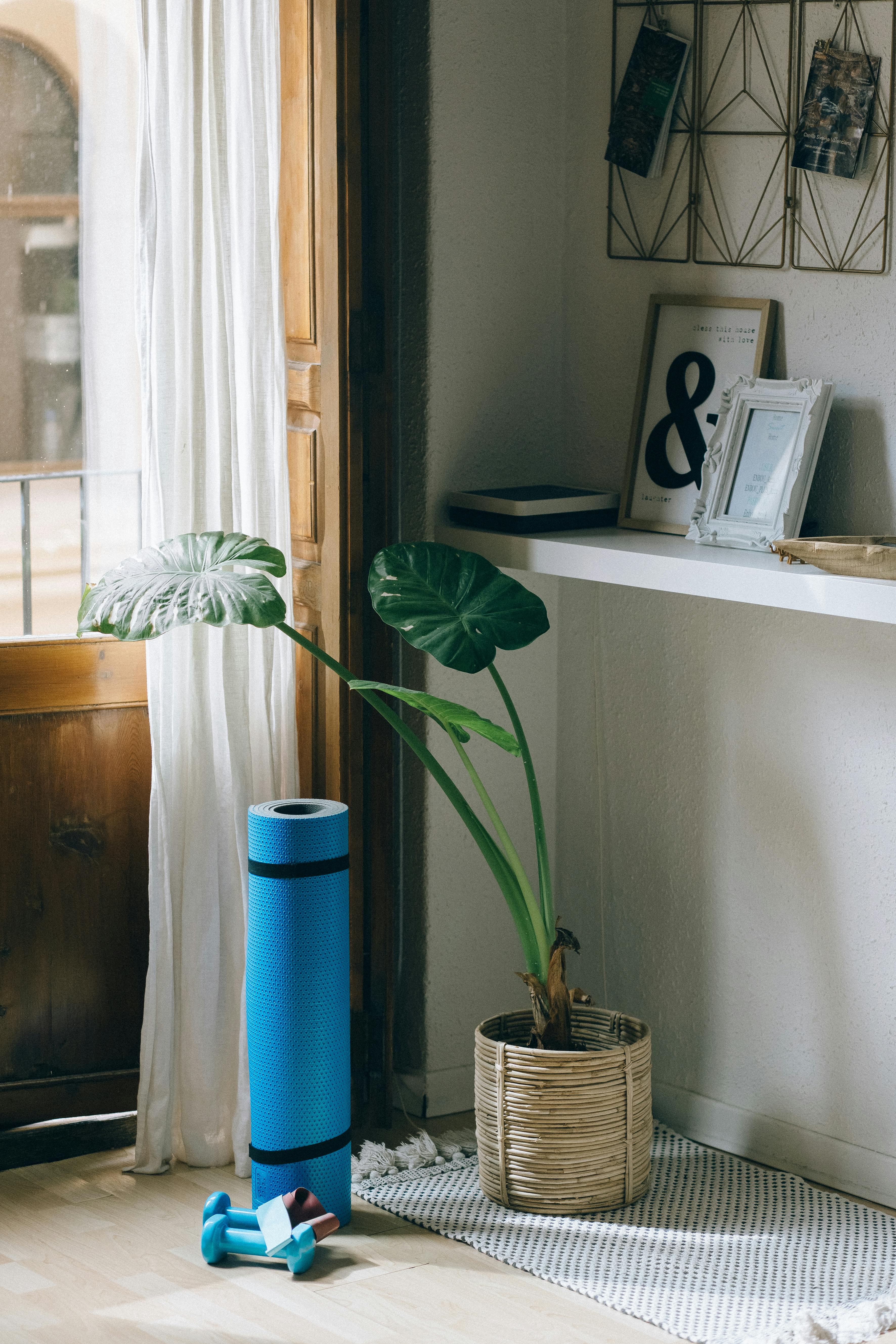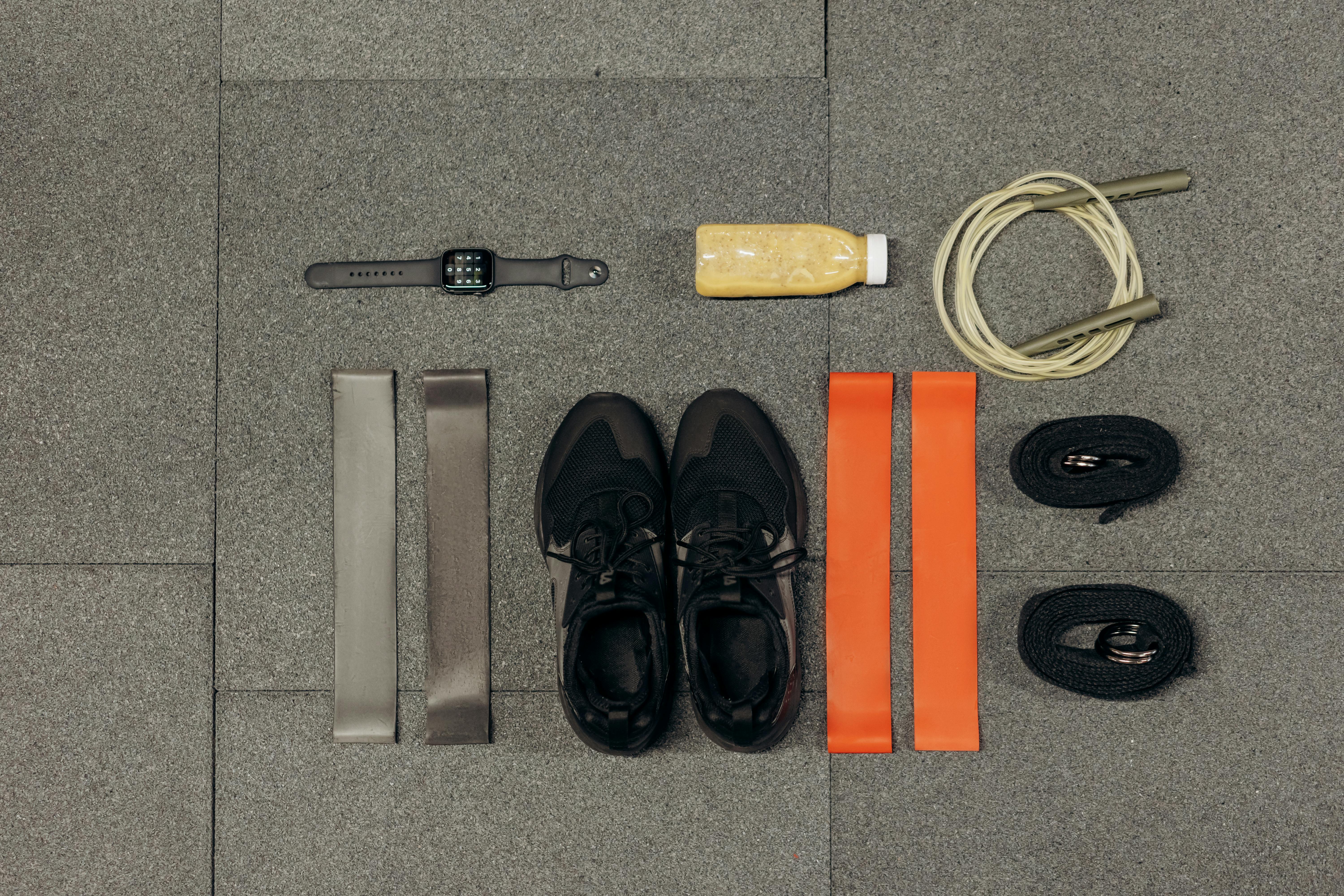Best Gym Equipment for Home: Ultimate 2025 Guide
Building a home gym is no longer a luxury—it’s a strategic move for a healthier lifestyle. With rising interest in fitness and convenience, choosing the best gym equipment for home has become essential. This guide walks you through the essentials, practical strategies, and expert insights to help you make the right decisions for your space, goals, and budget.

Understanding the Fundamentals
To build a highly effective home gym, it’s important to understand what equipment serves your fitness goals best. Selecting the best gym equipment for home isn’t about buying everything—it’s about buying smart. Focus on essentials that cover strength, cardio, and flexibility.
Think of it like building a house: you need a solid foundation before adding the extras. This foundational approach ensures efficiency, safety, and sustainability in your fitness journey.
1.1 Strength Training Essentials
Strength equipment forms the backbone of any home gym. Examples include adjustable dumbbells, resistance bands, kettlebells, and weight benches. According to a 2024 Statista report, over 70% of home gym users prioritized strength tools over other equipment categories.
Strength tools help with muscle growth, fat loss, and metabolism improvement. Don’t fall into the trap of thinking only bodybuilders need weights—resistance training benefits everyone.
1.2 Cardio and Mobility Tools
Unlike strength equipment, cardio machines like treadmills, stationary bikes, or rowing machines focus on endurance. Some modern options combine AI-based feedback and gamification.
For mobility, consider yoga mats, foam rollers, and stretching straps. These tools enhance performance and reduce injury risk. Balancing strength and cardio with mobility creates a comprehensive home fitness plan.
Practical Implementation Guide
Once you understand the fundamentals, implementation is key. Setting up a home gym with the best gym equipment for home involves space planning, smart budgeting, and prioritizing versatility. You’ll start seeing results faster with consistent use of the right tools.

2.1 Actionable Steps
- Define Your Goals: Whether it’s weight loss, strength, or overall wellness, define your fitness priorities first.
- Choose Multi-Functional Equipment: Items like resistance bands, adjustable benches, and power towers offer multiple uses and save space.
- Plan the Setup: Allocate space in your home—garage, basement, or spare room—and mark zones for cardio, strength, and recovery.
2.2 Overcoming Challenges
Common issues include space constraints, motivation dips, and budget limitations. Solutions include choosing compact gear, setting fitness routines, and buying equipment in phases.
Expert tips: Start small and build up. Use apps for guidance. Keep your workout area inviting and clutter-free.
Advanced Applications
Once you’ve established your base, it’s time to level up. Advanced techniques using the best gym equipment for home include high-intensity interval training (HIIT), progressive overload systems, and hybrid routines combining strength and cardio.

3.1 Smart Equipment and Tracking
Devices like smart dumbbells, Bluetooth-enabled bikes, and fitness mirrors use AI to provide feedback and progress tracking. A 2023 Consumer Tech Survey found that users with connected fitness gear stuck with routines 42% more often.
3.2 Integrating Recovery Tools
Advanced users benefit from equipment like massage guns, percussive therapy tools, and dynamic stretching systems. These tools reduce soreness and improve performance across workouts.
Future Outlook
The future of home fitness will be shaped by technology, space efficiency, and customization. Expect more AI integrations, foldable machines, and app-based coaching in the next 3-5 years.
To stay ahead, consider investing in smart equipment and staying informed through fitness communities. Your setup today is the foundation for tomorrow’s gains.
Conclusion
In summary, the best gym equipment for home is versatile, space-saving, and goal-driven. Choose gear that aligns with your needs, invest gradually, and focus on consistency.
Ready to take control of your fitness journey? Start small, stay consistent, and upgrade when needed. The perfect home gym is the one you use often. No excuses—just progress.
Frequently Asked Questions
- Q: What is the best gym equipment for beginners at home? Adjustable dumbbells, resistance bands, and a yoga mat are great starters with high versatility.
- Q: How do I start building a home gym? Begin with essential equipment, define your goals, and set up a dedicated space for consistent training.
- Q: How much time should I commit daily? Aim for 30–45 minutes, 4–5 times a week. Adjust based on your goals and current fitness level.
- Q: How much does it cost to build a home gym? Entry-level setups range from $300–$800, while more advanced home gyms can exceed $2,000 based on gear quality and tech.
- Q: Is home equipment better than a gym membership? Home gyms save time and offer convenience. However, gyms provide social motivation and diverse equipment.
- Q: Is setting up a home gym difficult? Not at all. With proper planning and phased purchasing, setting up a home gym can be straightforward and enjoyable.
- Q: What equipment is best for small spaces? Foldable benches, resistance bands, wall-mounted racks, and compact cardio machines are ideal for limited space.